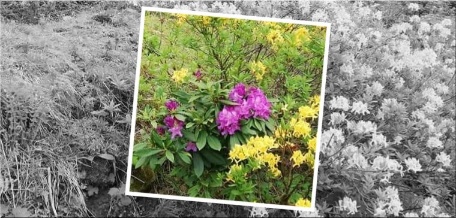Who discovered that plants carry out photosynthesis?

Physicist Jan Baptista Van Helmont began to observe the growth of a willow tree and made various measurements for it. He first weighed the tree, then 5 years later he weighed the same tree again for the second time, finally finding that its weight had increased by 75 kg. When he weighed the soil in the container in which the plant was growing, he saw that it had decreased by only a few grams over that 5 years time. In this experiment, physicist Van Helmont revealed that the reason for the growth of the willow tree is not just the soil in the pot. Since the plant used very little of the soil to grow, it must have been getting nutrients from elsewhere.
When was photosynthesis first discovered?
Who Invented Photosynthesis? These experiments, which physicist Jan Baptista Van Helmont tried to discover in the 1600s, were the discovery of photosynthesis, which is not fully understood even today. who discovered photosynthesis,

He discovered that plants produce their own food. He has scientifically proven that plants do not only need soil to produce their food. He revealed that all plants live by using water and CO2 in the air, as well as minerals in the soil. All kinds of plants take these substances according to their own capacity and pass them through some processes in their leaves and perform photosynthesis.
What is the name of the person who discovered photosynthesis?
Jan Baptista van Helmont, born 12 January 1580, Brussels, Belgium. Died 30 December 1644, Vilvoorde, Spanish Netherlands, Belgian chemist, physiologist and doctor. Despite his inclination towards Sufism, he was a careful observer and a thorough experimenter. The first person to recognize gases other than air coined the word gas and discovered that the “wild spirits” produced by burning charcoal and fermenting grape juice were the same as carbon dioxide. He is referred to as the father of biochemistry because he applied chemical principles to digestion and nutrition. He published his works in 1648.
What is Photosynthesis?
Green leaves contain chlorophyll. Plants that meet their regular water needs and benefit from solar energy convert carbon dioxide and water into simple sugars and oxygen through this energy through chlorophyll. Thus, nutrition takes place. This event is called photosynthesis. Solar energy, which is converted into chemical energy, is stored as starch in plants. The stored starch is used for the development of plants. In other words, the growth process in plants takes place through photosynthesis. Plant leaves contain chloroplast substance. Chlorophyll is present in thousands of chloroplast materials. Each chlorophyll captures light and converts it into energy. This happens in a loop.





